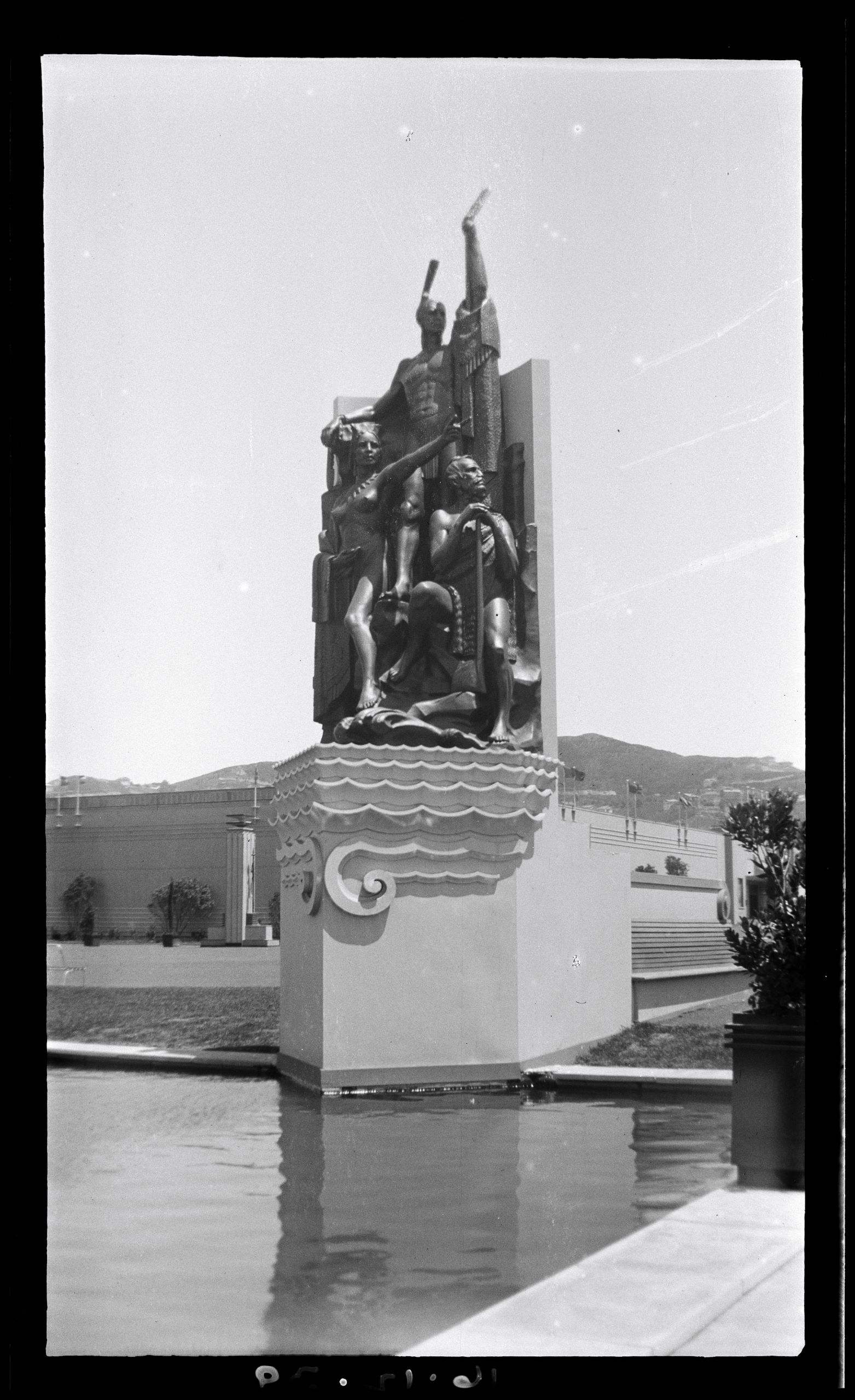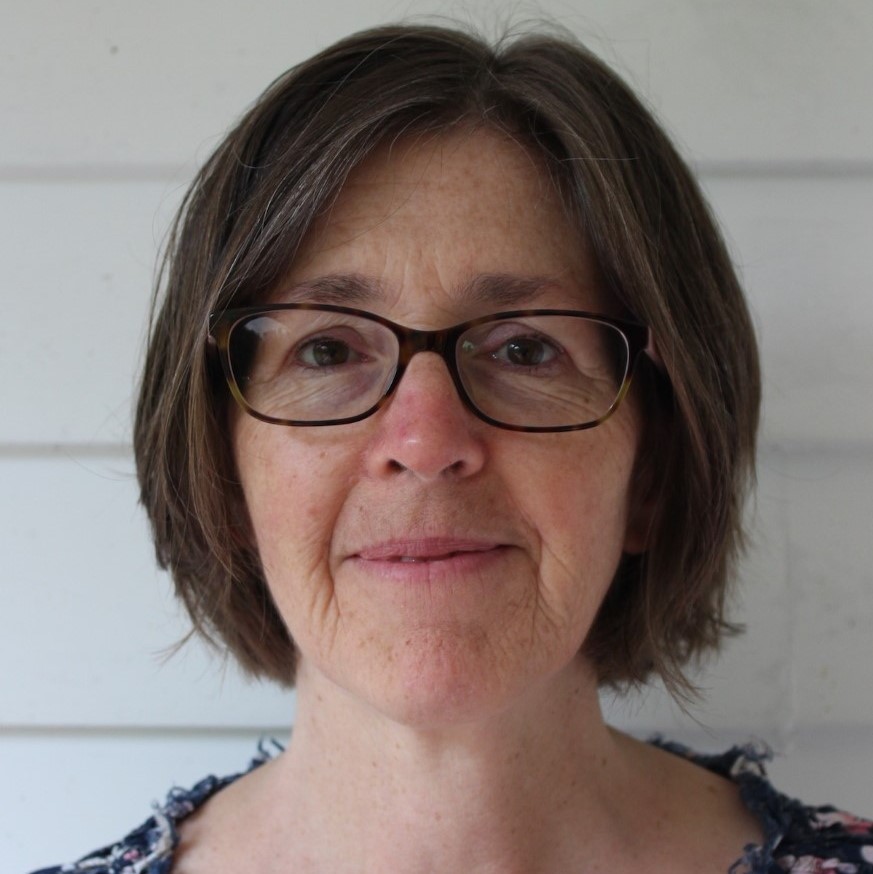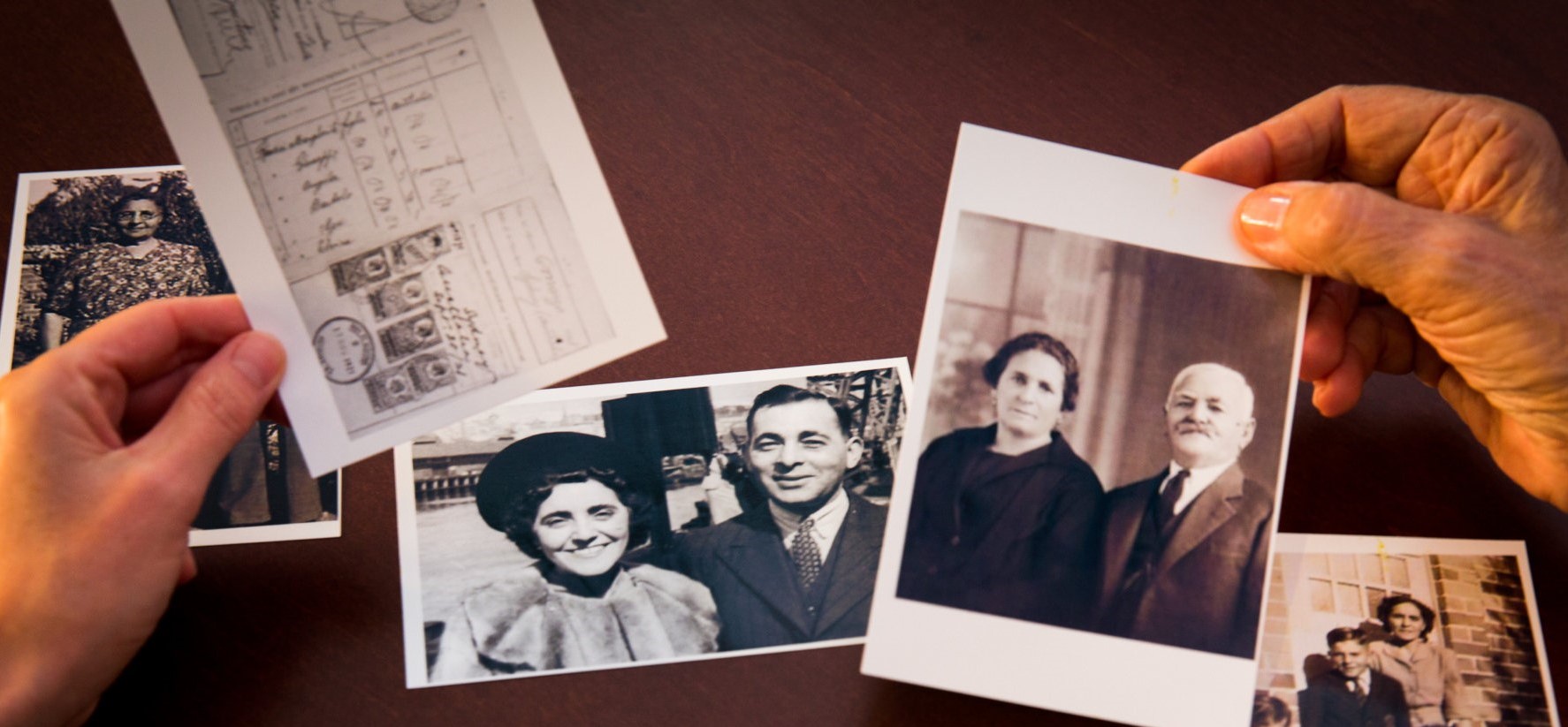Public History in Aotearoa New Zealand
If public history is the creation of informed dialogue about the past, it is alive and well in many forms of historical endeavour practised in Aotearoa New Zealand. Common modes of presentation include oral histories, lectures, podcasts, websites, festivals, exhibitions, films, television, books, magazines, journals, games, re-enactments, walks, tours, signs, monuments and memorials. The historical fabric of people’s everyday lives can provide a significant interface.
A major strand of historical storytelling is based on kaupapa Māori principles (Māori ways of doing, being and thinking). Oral traditions, concerning knowledge such as whakapapa (genealogy), pūrākau (mythological stories) and kōrero tuku iho (narratives passed down), are regarded as distinct from, yet compatible with, oral histories. In the past decade a major reference work, Tangata Whenua: An Illustrated History (Bridget Williams Books, 2014), has been published. Some iwi (major descent groups) have developed digital tools and resources, such as Kā Huru Manu, the Ngāi Tahu Cultural Mapping Project, and Whakakitenga, a VR film on the worldview of Te Rangihaeata of Ngāti Toa Rangatira.
There is ongoing academic interest in how histories are made and interpreted by the public. As a field of study, public history is more diffuse than it was in previous decades. History, heritage and museum studies students are offered opportunities to ‘do’ history, such as oral history and history in new media projects. Summer research scholarships and internships at museums and libraries are also available. Since the 1980s, modern wānanga (tertiary education institutions), including Te Wānanga o Raukawa (Ōtaki) and Te Whare Wānanga o Awanuiārangi (Whakatāne) have had a role in researching and teaching Māori histories. Some notable initiatives have not endured, including a Centre for Public History established by the University of Otago (Dunedin) in 1995, and postgraduate qualifications in public history at Victoria University of Wellington and the University of Canterbury (Christchurch) begun in the 2000s. The continuation of the New Zealand Journal of Public History (2011–20) hosted by the University of Waikato (Hamilton) is being reviewed.
Most professional historians, especially those represented by the Professional Historians’ Association of New Zealand/Aotearoa (PHANZA), which was established in 1994, are in salaried positions with government agencies or are self-employed. PHANZA has about 160 members based around the country. There are a number of related organisations:
- Museums Aotearoa (formerly the Art Galleries and Museums Association of New Zealand), established to promote professional development in museums and art galleries in 1952
- Heritage New Zealand Pouhere Taonga (formerly the New Zealand Historic Places Trust), a Crown entity established in 1962 to provide protection for historic places
- New Zealand Society of Genealogists, formed in 1967 to provide education and resources for family history, genealogy and whakapapa
- New Zealand Federation of Historical Societies, formed in 1971 to provide mutual assistance for local historical and museum societies
- New Zealand Historical Association, established in 1981 to promote historical study, teaching and research in the tertiary sector
- National Oral History Association of New Zealand, formed in 1990 to promote the practice and methods of oral history
- Te Pouhere Kōrero, a network of Māori historians who share knowledge and support across several sectors, established in 1992
- New Zealand History Teachers’ Association, formed in 1994 to promote the teaching of history in schools
- Historic Places Aotearoa, formed in 2013 to advocate for the preservation of built heritage and wāhi tapu (burial grounds and other sacred sites).
Members of these groups do not typically venture into forms of historical expression used in the literary, performing and visual arts. However, it is clear that interpretative practices are changing as new audiences for history emerge.
The New Zealand government has funded history initiatives since the mid-nineteenth century. Initially this support was sporadic. Prior to 1854, Wiremu Maihi Te Rangikāheke produced numerous manuscripts while in Governor George Grey’s employment. John White was appointed to produce a six-volume history of Māori people through the 1880s. The official history of the First World War ran to five volumes. James Cowan prepared a history of the New Zealand Wars in the 1920s. The Centennial Branch of the Department of Internal Affairs produced a suite of publications for the nation’s centennial celebrations in 1940.

Since 1945, when a War History Branch was established in the Department of Internal Affairs, government support for historical research has been sustained. This entity was renamed the Historical Publications Branch in 1963 and the Historical Branch in 1989. Major projects were the Encylopaedia of New Zealand (1966), Historical Atlas of New Zealand (1997), and Dictionary of New Zealand Biography (5 volumes, 1990–2000; now online). Numerous publications were produced to mark the centenary of women’s suffrage in 1993. Many government departments commissioned histories in an era when institutional centenaries coincided with major organisational restructuring.
Processes of historical redress for Māori have added to the adoption and reinvigoration of the term ‘public history’ as a way to capture the range of expertise required to research and interpret the past for public purposes. A sustained process of resolution guided by the Waitangi Tribunal has addressed deep-seated Māori grievances associated with colonisation. These grievances include the removal of indigenous authority and custodianship over land, water and other natural resources and the systematic erosion of culture, including language. The Tribunal has been able to hear historical grievances since 1985. A significant body of historical research has been generated through the claims process and settlements have been made with most iwi.
Heritage preservation began with the protection of cultural landscapes. Horonuku Te Heuheu of Tuwharetoa signed a deed with the Crown to preserve the sacred mountains that comprise Tongariro National Park in 1887. Vigorous public campaigns for built heritage can be traced back to the saving of Auckland’s Old Government House from demolition in 1910. Heritage New Zealand maintains an extensive list of heritage buildings and sites, most of which are not accessible to the public, and is the owner-manager of many significant properties. The introduction of strict standards for earthquake-prone buildings has increased the complexity of heritage management.
In 2000, the Historical Branch was relocated to Manatū Taonga, the Ministry for Culture and Heritage, as the History Group. Te Ara: An Encyclopedia of New Zealand became available online between 2005 and 2014. The five-year First World War centenary programme is the most extensive series of commemorations to be undertaken in Aotearoa New Zealand to date. Raising public understanding of the wartime experiences of New Zealanders at home and abroad was a key objective. Activities included official ceremonies, the building of a national memorial park, numerous publications, films and archival projects, as well as trails and carvings. A new national day, Te Pūtake o te Riri, He Rā Maumahara, was established in 2016 to commemorate the New Zealand Wars between the 1840s and 1870s. The New Zealand government decided to make the history of Aotearoa an official part of the school curriculum (rather than an optional subject in the final three years at secondary school) in a landmark decision made in 2019.
Sources
Books and articles
- Anderson, Atholl, Judith Binney and Aroha Harris, Tangata Whenua: An Illustrated History, Bridget Williams Books, Wellington, 2014.
- Dalley, Bronwyn, and Jock Phillips, eds, Going Public: The Changing Face of New Zealand History, Auckland University Press, Auckland, 2001.
- Haig, Nicholas, ‘Once More, With Feeling: An enquiry into The Museum of New Zealand Te Papa Tongarewa’s exhibition Gallipoli: The scale of our war’, MA thesis, Massey University, 2016.
- Mahuika, Nepia, ‘Kōrero Tuku Iho’: Reconfiguring Oral History and Oral Tradition’, PhD thesis, University of Waikato, 2012.
- Phillips, Jock, ‘The University and Public History’, New Zealand Journal of History, vol. 54, no. 1 (2020), pp. 112–26.
- Trapeznik, Alex, ‘Public History in New Zealand: From Treaty to Te Papa’, in Paul Ashton and Alex Trapeznik, eds, What is Public History Globally? Working With the Past in the Present, Bloomsbury Academic, London, 2019, pp. 107–20.
Websites
- Auckland History Initiative, accessible here
- First World War Centenary Programme, accessible here
- Kā Huru Manu, Ngāi Tahu Cultural Mapping Project, accessible here
- Museum of New Zealand Te Papa Tongarewa, accessible here
- New Zealand Journal of Public History, accessible here
- NZHistory, accessible here
- Ngā Tangata Taumata Rau – Dictionary of New Zealand Biography, accessible here
- Papers Past, accessible here
- Te Ara: The Encyclopedia of New Zealand, accessible here
- Whakakitenga, first Māori VR film, accessible here
- Women Together – Ngā Rōpu Wāhine o te Motu, accessible here
All content on the blog is distributed under Creative Commons Attribution-ShareAlike 4.0 International license (CC BY-SA 4.0).



